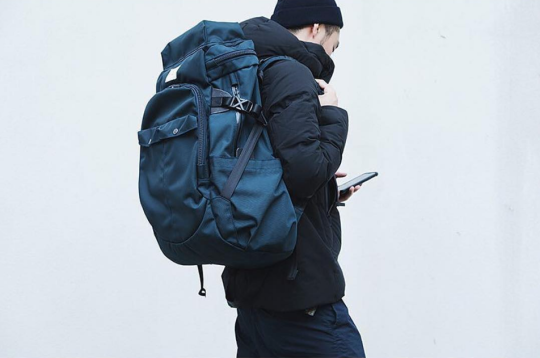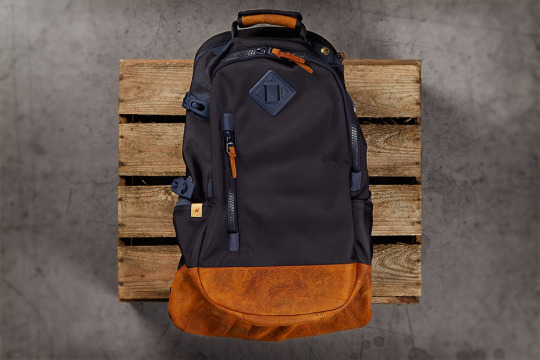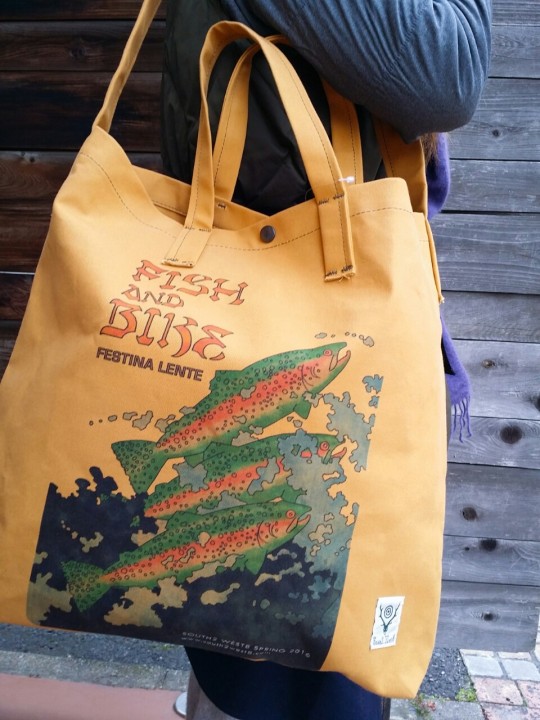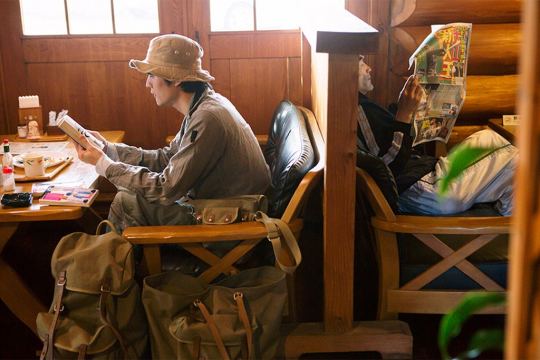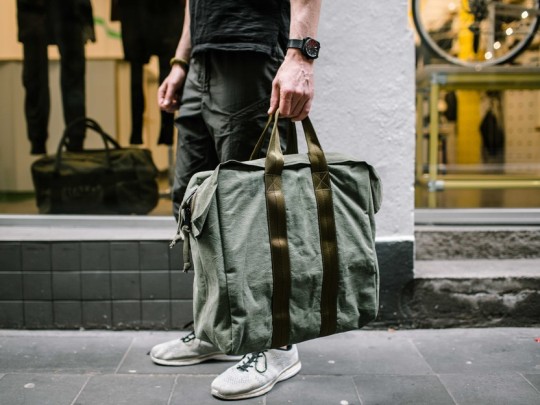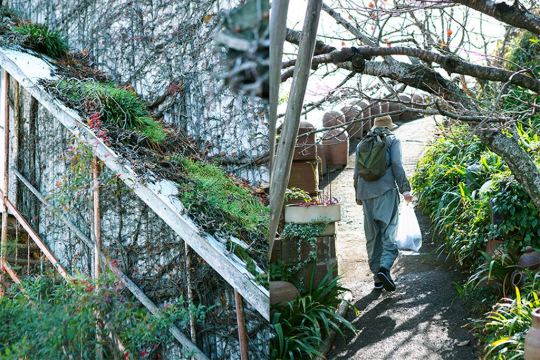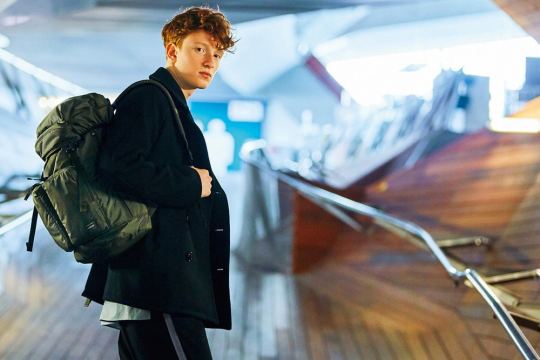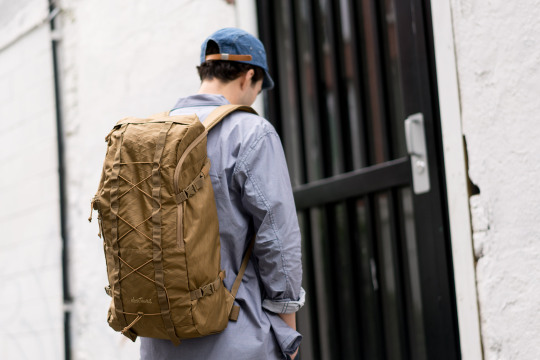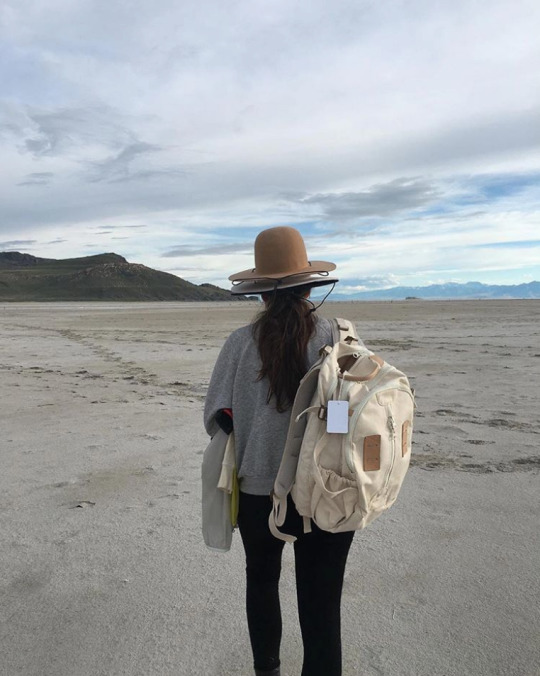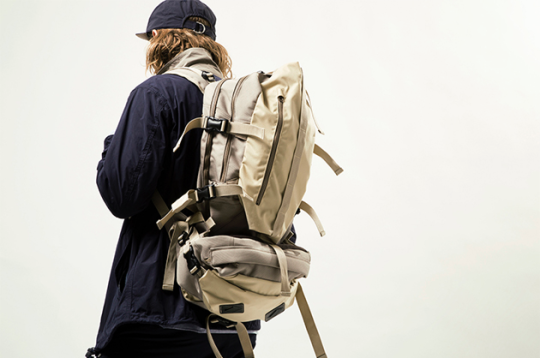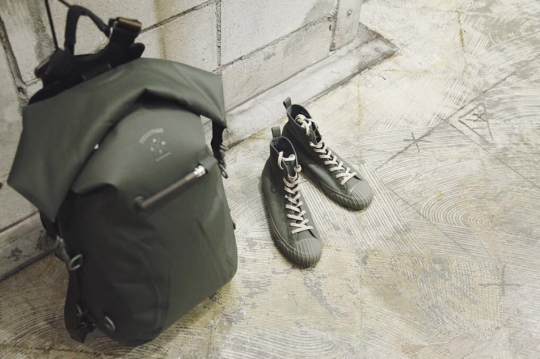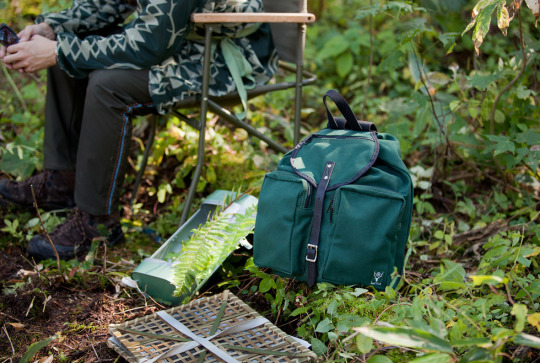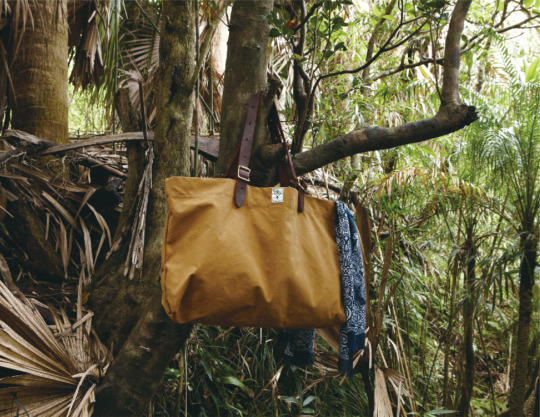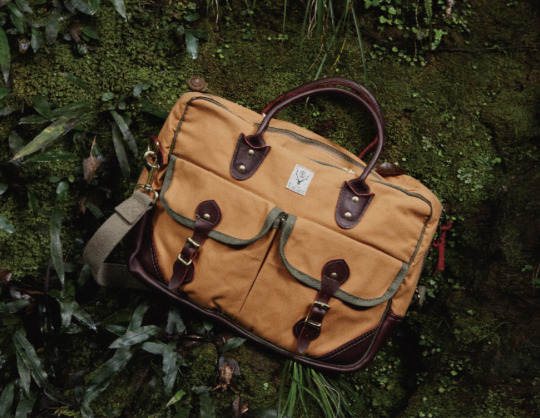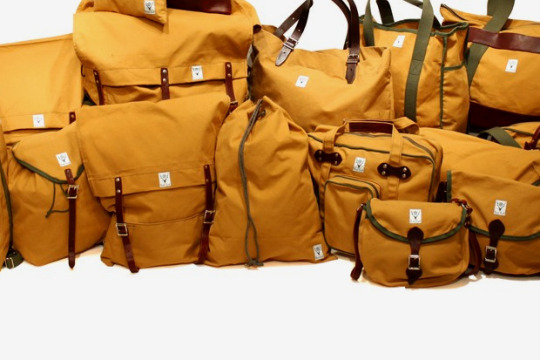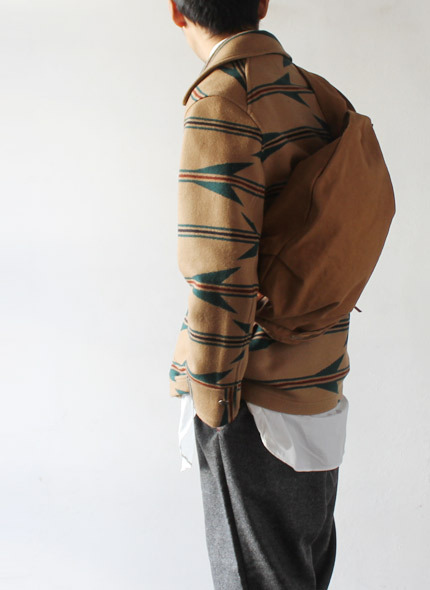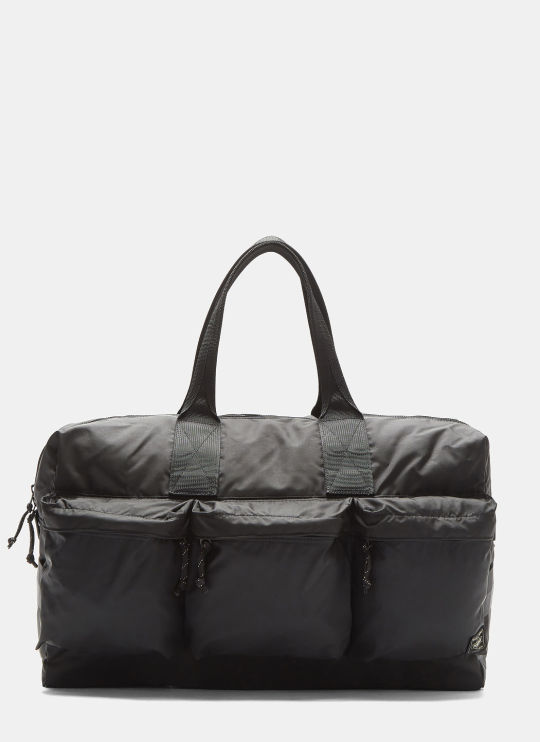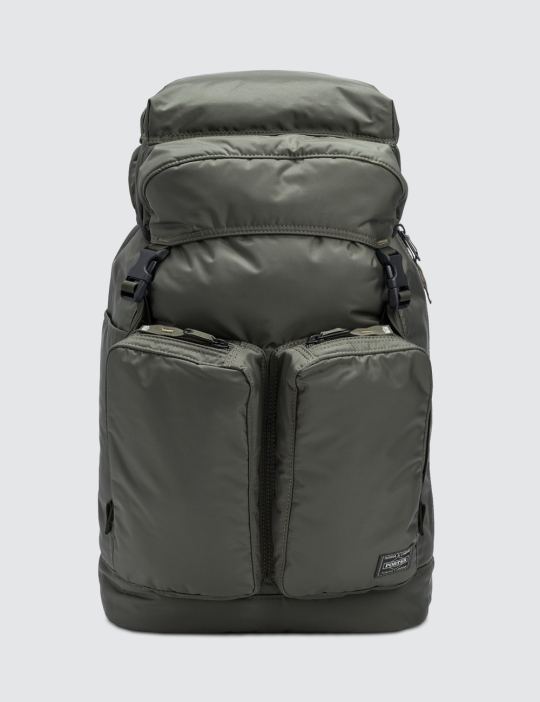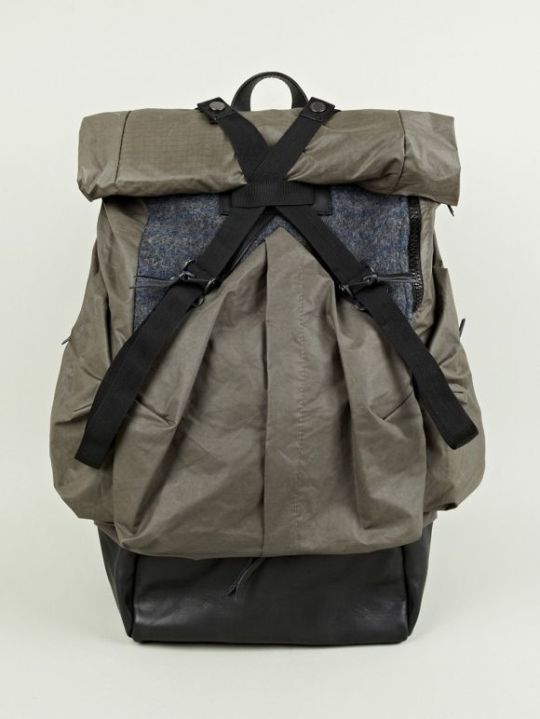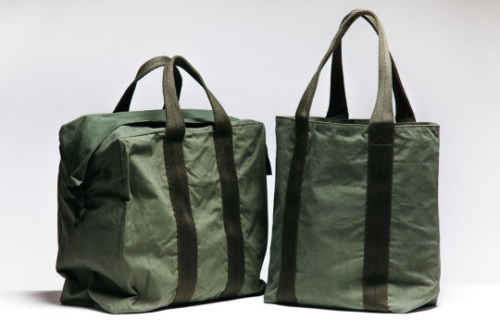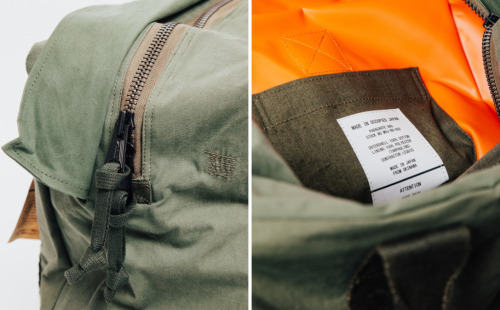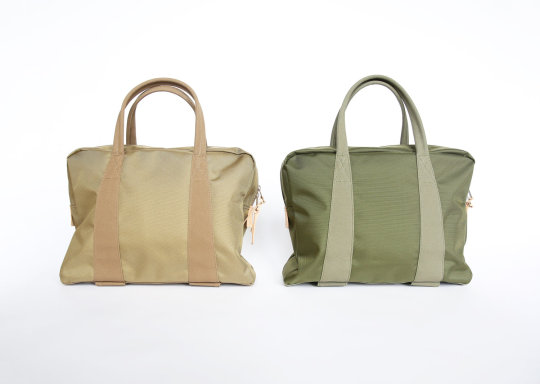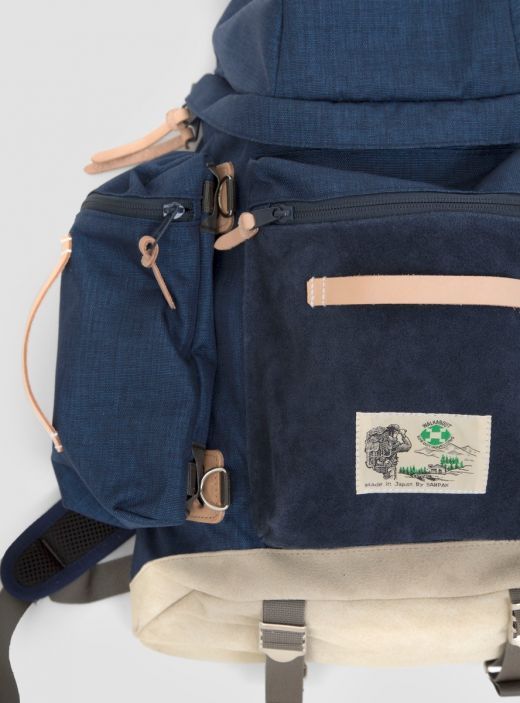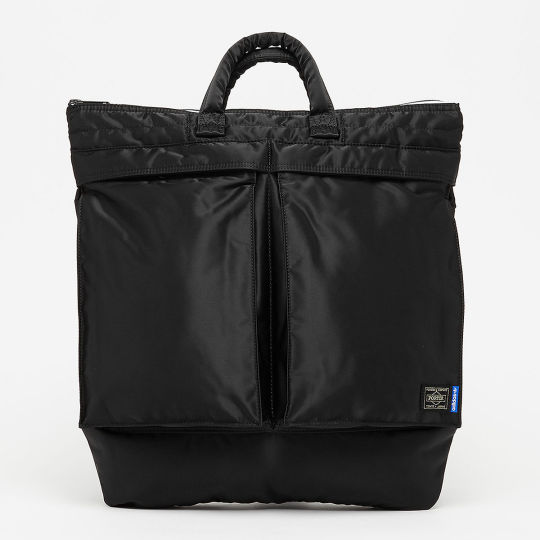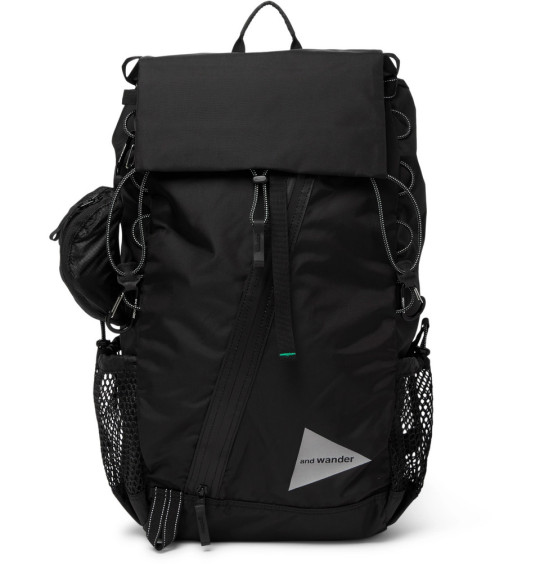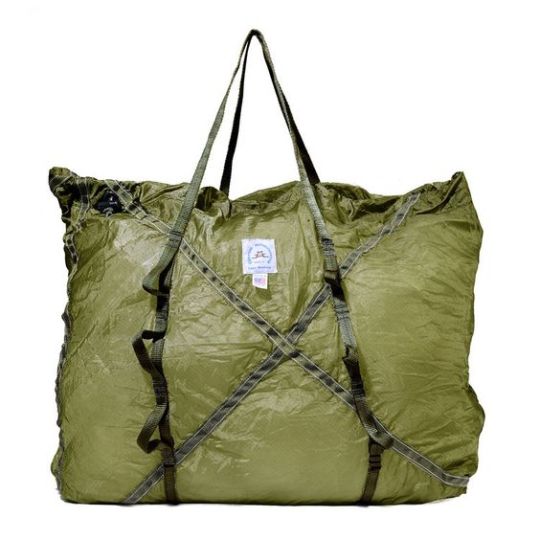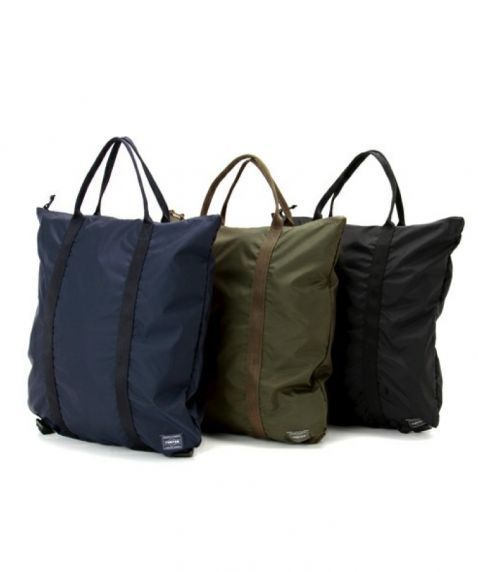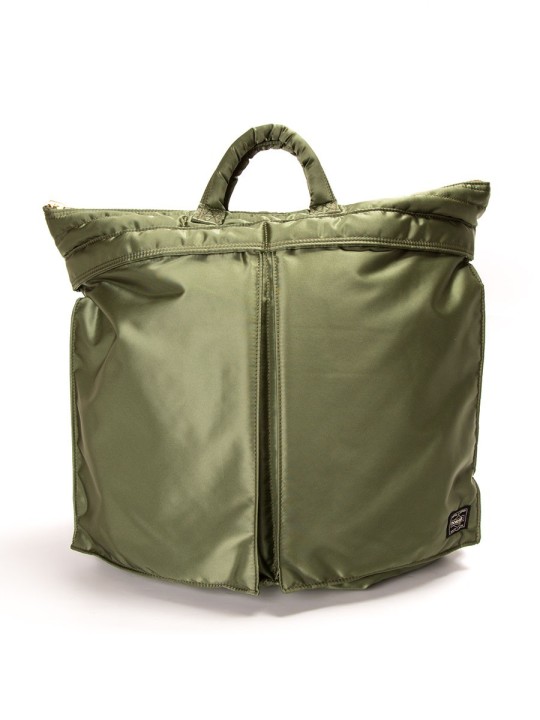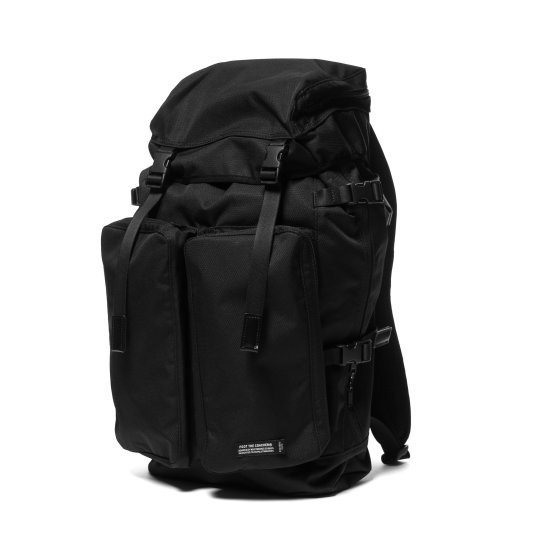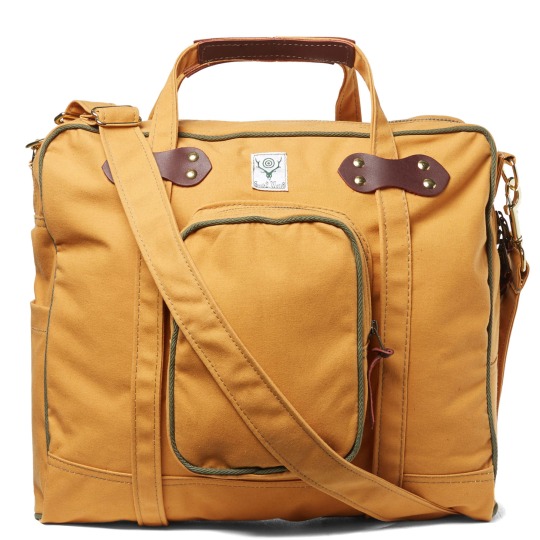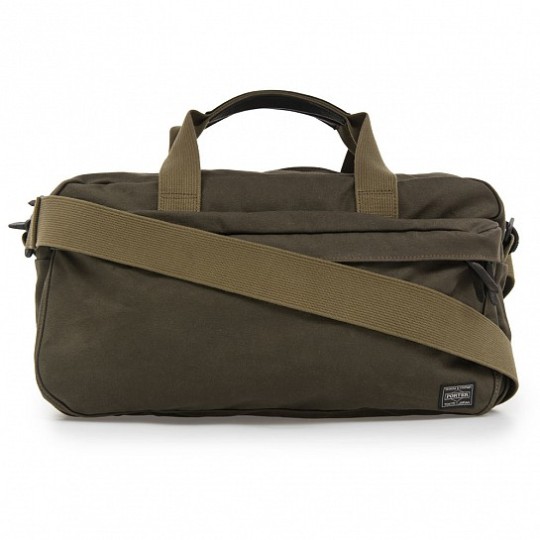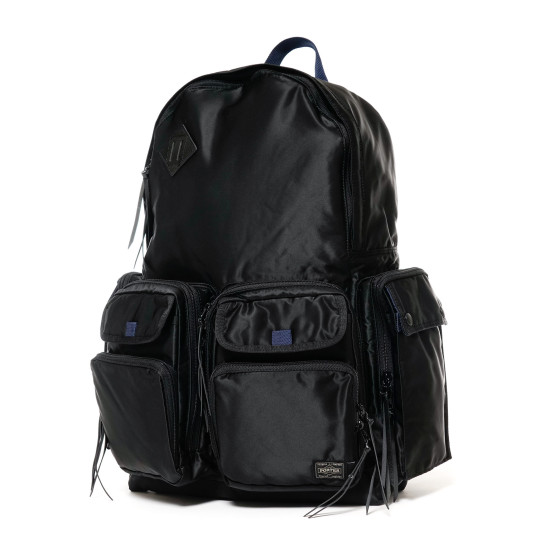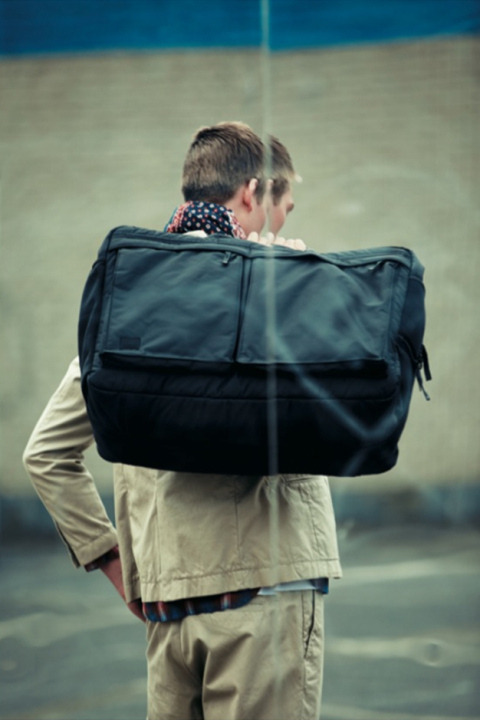
The Japanese are often presented online as being masters of their craft. The toiling shoemaker who’s a bit more meticulous and focused than his European counterparts, producing things to the highest level of quality. There’s a strange and sometimes unsettling strand of Orientalism that runs through these narratives, but if there’s anything that can be said of Japanese production, I find it’s more about design.
Japanese companies are tremendously good at design, especially if you have a penchant for classic clothing but want something that feels relevant and updated. Kaptain Sunshine, one of my favorite casualwear labels as of late, is something like a quirkier version of LL Bean. The designs are a little more creative; a little more daring. The silhouettes and details are playful in just the right ways, making them more than just literal reproductions from history.
The same can be said of bags. Before the heritage revival in the US went mainstream – encouraging companies to dust off their archives – Japanese brands were already making their versions of the 1970s-style hiking backpacks, helmet bags, and classic carryalls. If you want a casual bag, it’s worth looking towards Japan. These can be expensive, ranging anywhere from $150 on sale to a whooping $1,000 at full retail, but the designs go a little further than your basic Jansport. And while similarly priced US options are just as nicely made, they’re often too technical – sacrificing form for function.
Like with much of Japanese menswear, the challenge is finding the right companies. Here’s a rundown of some of my favorites (although, not included are seasonal designs from well-known brands such as Visvim, Engineered Garments, Kapital, and nonnative, all of which are worth a look). Where possible, I’ve also included links to US and Western European retailers.

Porter: The 800-pound gorilla. Porter makes most of the bags you’ll find in this market, either as part of their house label or many fashion collaborations. They’re not just a favorite of businessmen and students in Japan, but also streetwear enthusiasts since at least the 1990s. Porter’s catalog is massive, with a style for almost any wardrobe, although their Tanker is perhaps the most widely recognized. You can find them in the US at Mr. Porter, East Dane, and Club Monaco. I really want their Gore-Tex backpack, although it’s dizzyingly expensive and I’m not sure why any bag needs a breathable membrane (unless you’re carrying around your cat, which OK, on second thought, I definitely need one).
Briefing: The other big name in this category. Briefing makes military style bags with the sort of webbing you see on tactical assault packs. Frankly, I find their designs to be too sterile – something like the bags you often find in business convention halls – but some people like these for their technical style and exceptional durability. If you like things such as military MOLLE bags, you might appreciate these.
Master-Piece: For me, a better alternative to Briefing. Master Piece’s bags are technical, but stylish; classic without being retro. They’re typically made from a combination of densely woven nylons and soft leathers, with exceptionally high-end metal trims that cleanly snap into place. I have one of their water-resistant bags and love it. It has different entry points into the bag’s main compartment, and an interior organization system built for modern needs (e.g. a padded sleeve for carrying a laptop). You can find Master-Piece at East Dane and No Man Walks Alone.
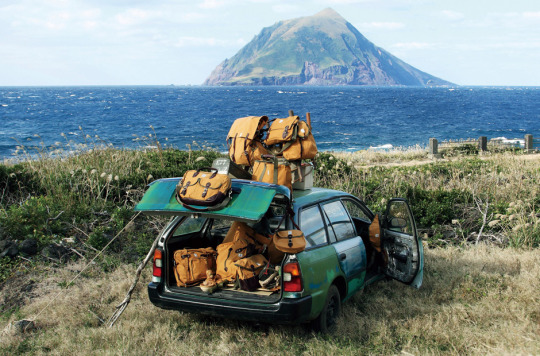

South2 West8: If you like Engineered Garments, you’ll like South2 West8. The designs take after the kind of classic sporting goods you’d find at Orvis, but they’re infinitely more stylish – maybe even goofy looking, but in a good way. They have cotton-canvas rucksacks, printed totes, and carryalls with spacious pockets. I love how the bags feel sporty, but can also be used for things such as trips to the farmers’ market or carrying large headphones and computer chargers. I particularly like their Sunforager painter bag, which is made from a thick cotton fabric that’s so tightly woven, it’s water resistant (much like cotton gabardine).
Snow Peak: So many outdoor companies here in the US make awful-looking clothes. Snow Peak, on the other hand, produces outdoor performance gear with style. They’re actually an old camping equipment company, having started in the 1950s, but in the last few years, they’ve applied their design sensibility to apparel and accessories. Their water-resistant dry bags are a great way to keep things safe from the rain, whether you’re walking through downtown or trekking through the mountains.
Made in Occupied Japan: The idea of up-cycling has found new life in fashion lately. Needles Rebuild and Christopher Raeburn, for example, have taken things such as thrift store flannels, parachutes, and even inflatable rafts and turned them into jackets, pants, and shirts. Another interesting company in this vein is Made in Occupied Japan – a niche label that’s taking US Army tents used in Okinawa after the Second World War and transforming them into shoulder bags, totes, and clutches. Any “imperfections” in the material, such as patched up areas or darned-over holes, are purposely kept in for character. Even the zippers and linings are vintage, which together with the vintage shells, give these bags a sense of history before they’re even used.
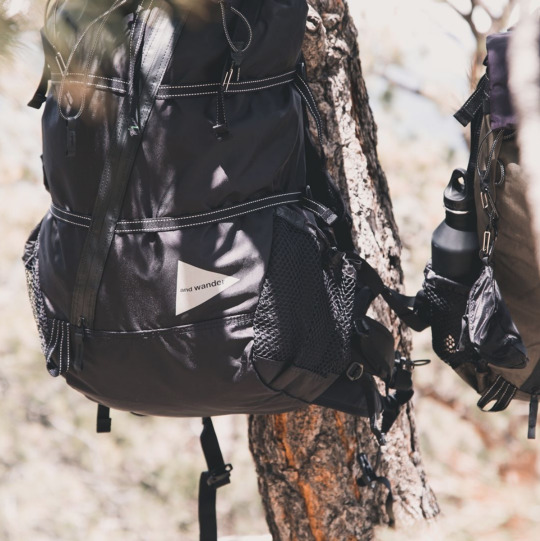
And Wander: Many Japanese companies today are remixing archival Americana and heritage-style accessories. Sanpack and Meanswhile are notable in this regard, and probably the best choice if you’re looking for something to go with a 60/ 40 mountain parka. Lately, however, I’ve been interested in And Wander, whose designs feel more contemporary. Their full-body zipper has the design ingenuity of Mystery Ranch’s Assault Pack, giving you full access to your contents. They also have bags made from cuben fiber, a high-performance fabric that was originally designed for making sails, but today is being used in camping equipment. It’s an exceptional lightweight material, although I mostly like it for its unusual appearance. You can find these at Jinen, Wanderkagu, and Blue in Green.
Hobo: This company takes its name from those American travelers in the 19th century who rode boxcars in order to find new life elsewhere, carrying all their belongings on their backs. The styles here are surprisingly modern given the company’s name – not like the stuff you’d find at Kapital, which actually do look like hobo bags – but I like the cord-strapped backpacks and climbing-rope-inspired shoulder bags. Like many companies on this list, the bags feel reasonably classic, with lots of inspiration from iconic workwear, but are updated in ways that make them pair easily with most casual wardrobes.
F/CE: Formerly known as Ficouture, F/CE is a full menswear line stretching from footwear to basic apparel. They also have an extensive collection of bags. Some are made from 1260-denier ballistic nylon, others water-resistant ripstops. Their seasonal collections change, but always carry the brand’s tactical and military-style sensibility. You can find them in the US at Westerlind.
Ortus: Most of this list focuses on casual bags, partly because it’s difficult to order a leather bag from one of the better Japanese makers unless you live on the island – most don’t speak English and some have year-long waitlists. Ortus is worth a mention, however, if only because you can buy their bags either ready-made or bespoke through The Armoury. Their bags are excruciatingly expensive, but beautifully handsewn using a technique known as saddle stitching (the same method used at Hermes). Some even feature custom metal hardware, although most have stock hardware originally made in England. This is likely the company you want if you’re looking for a dressier bag to use with tailored clothing. Just be prepared to pay out the nose.
